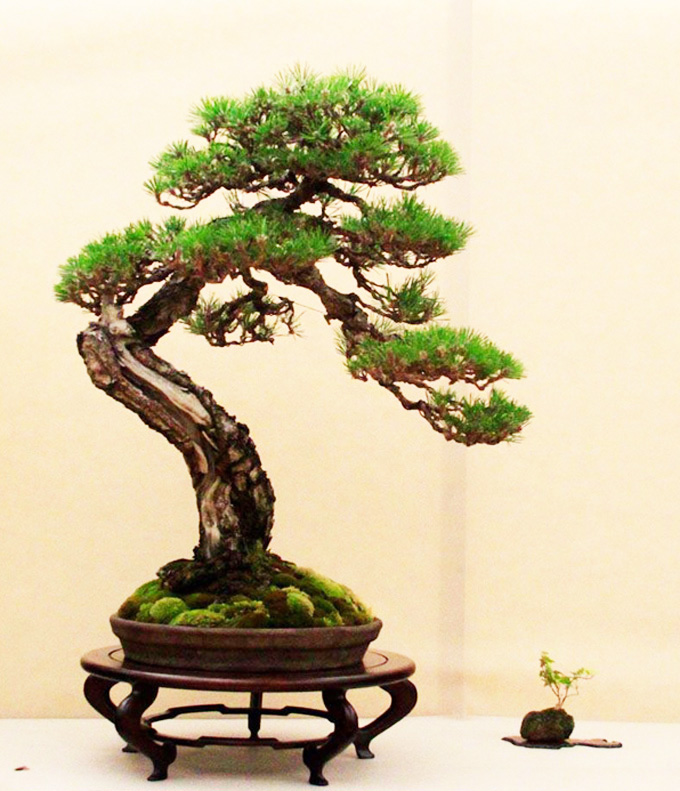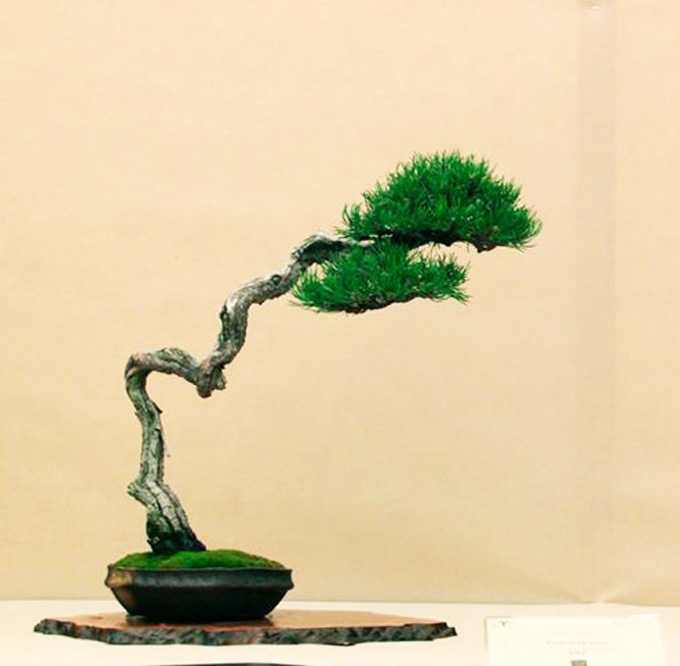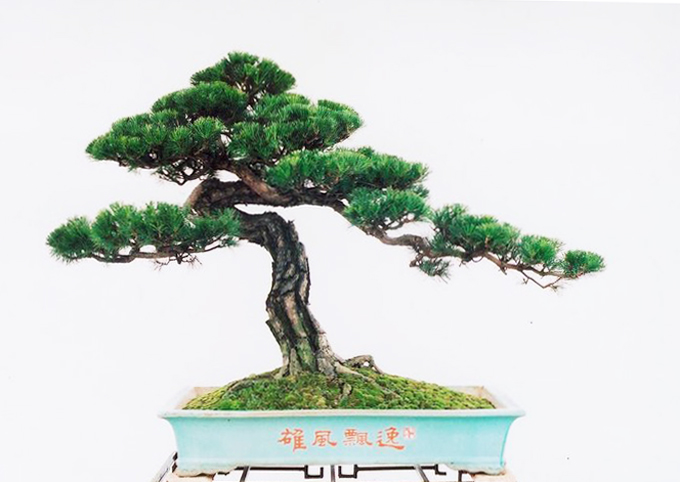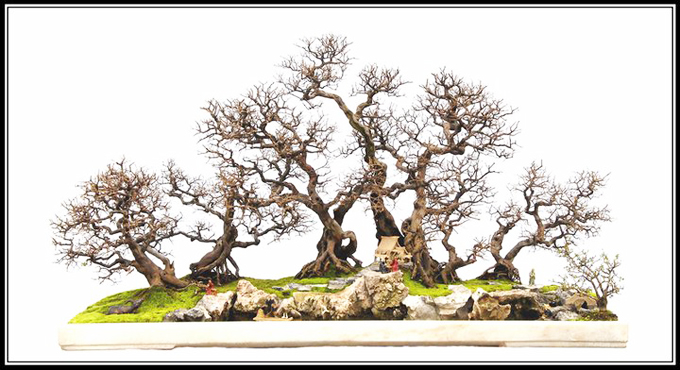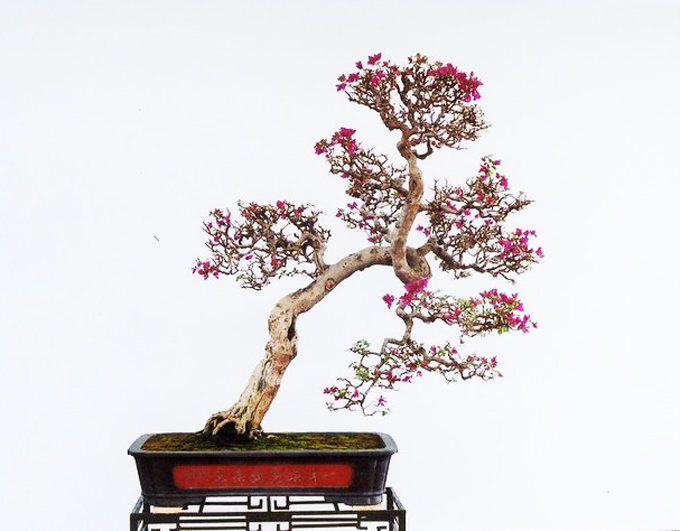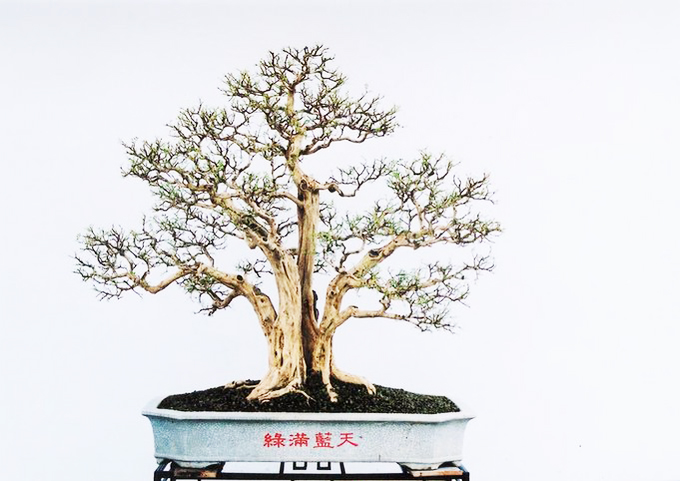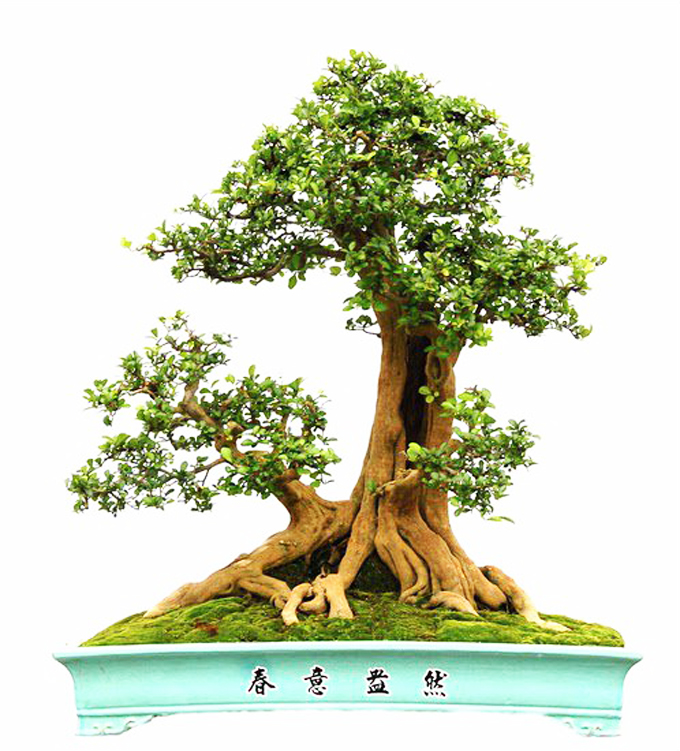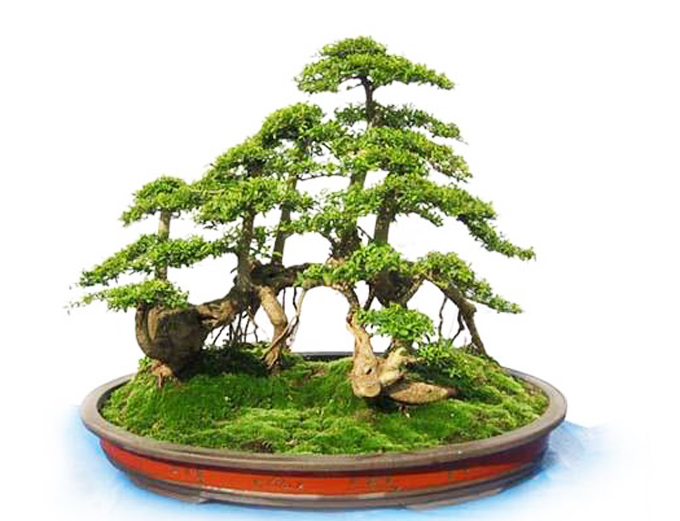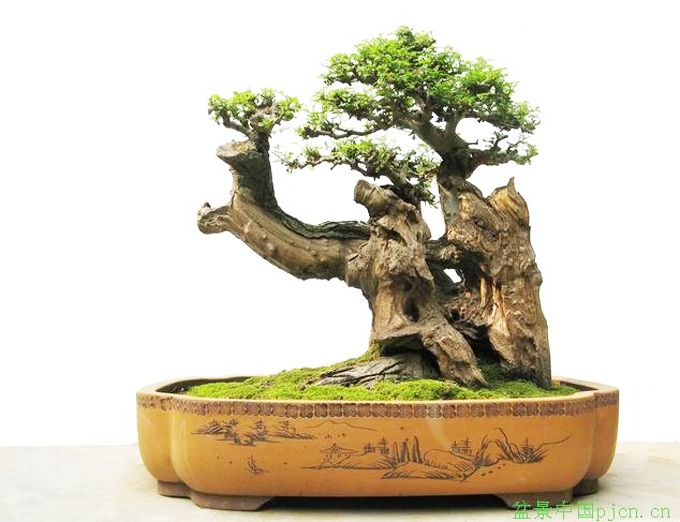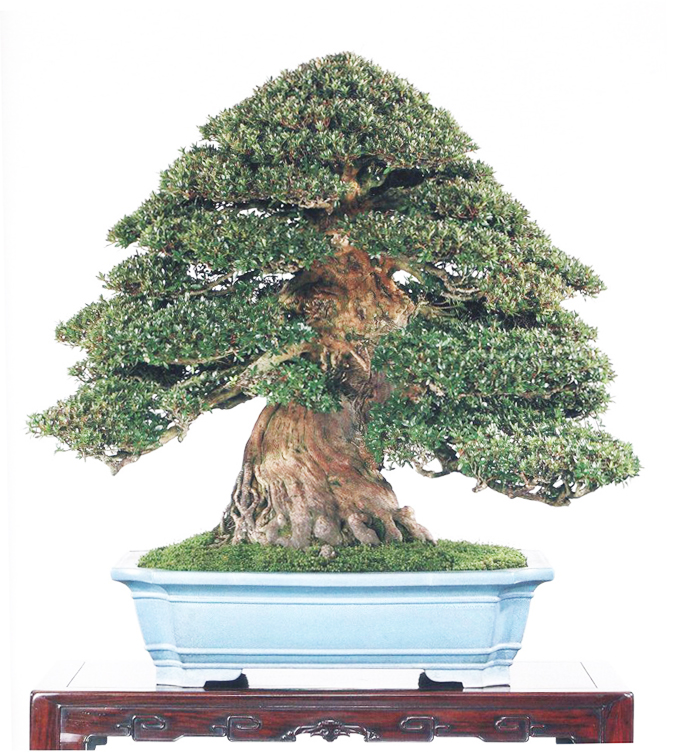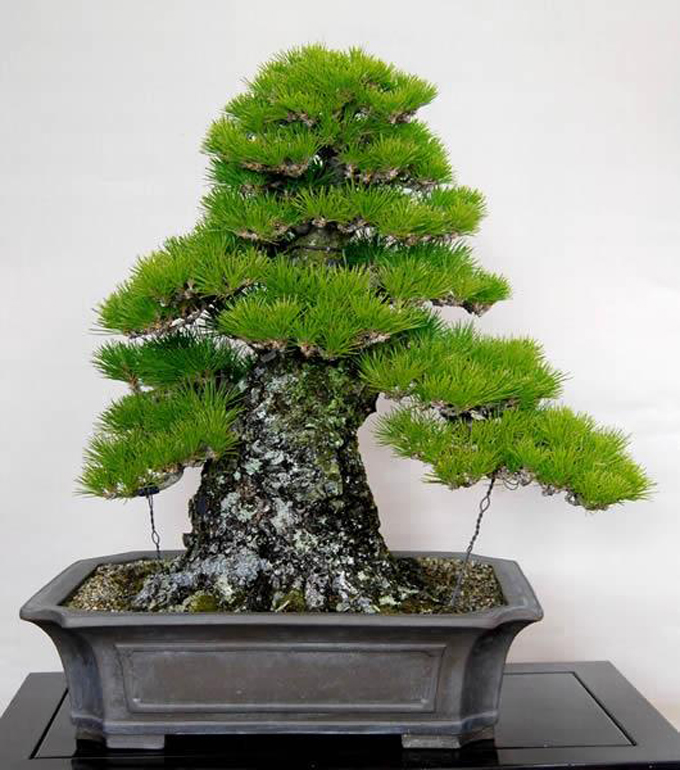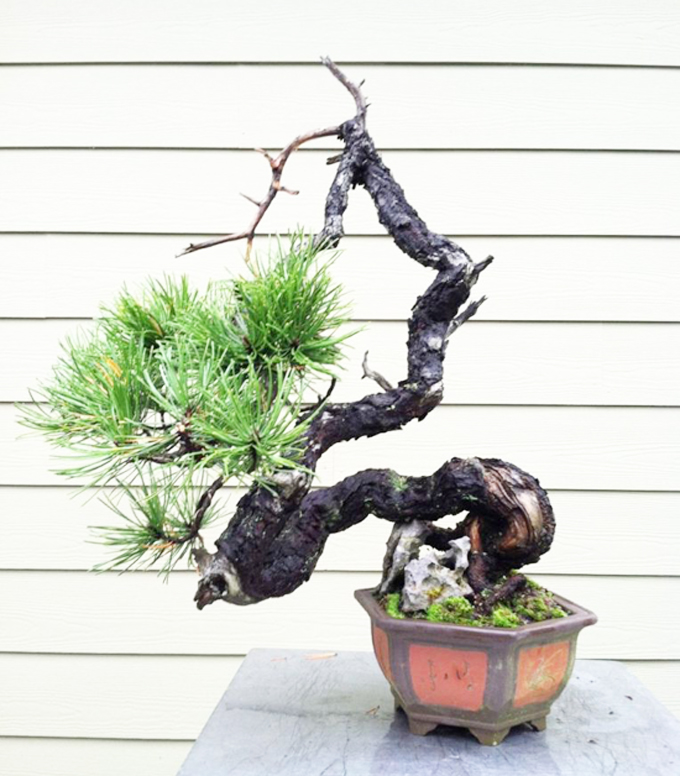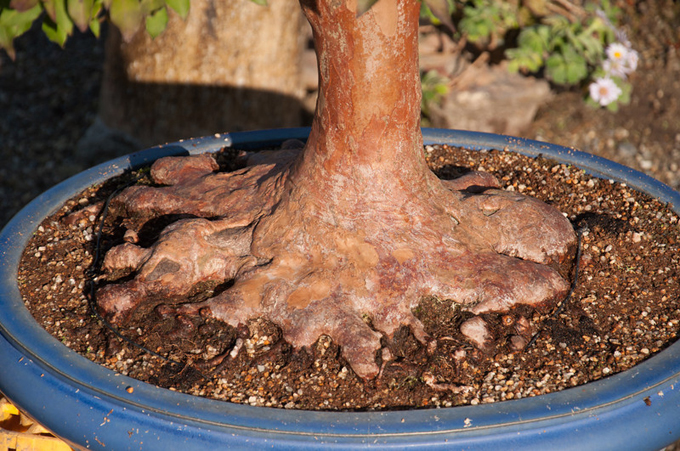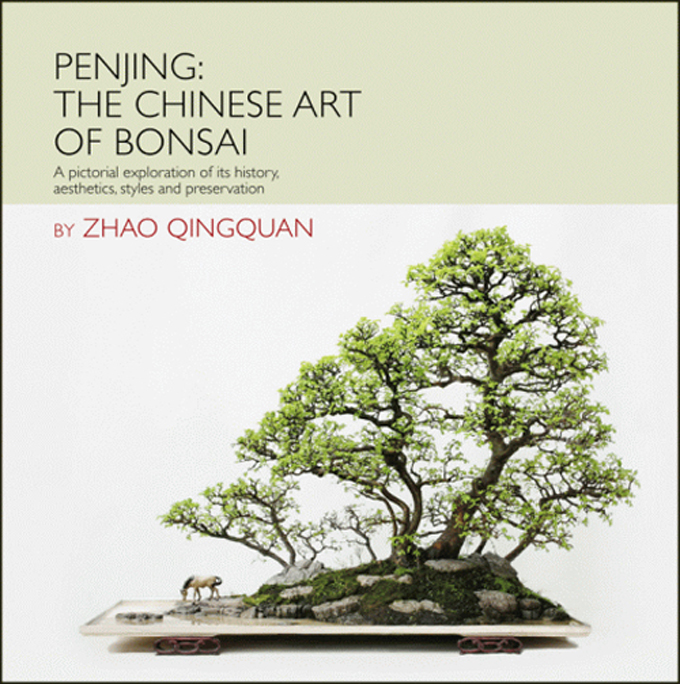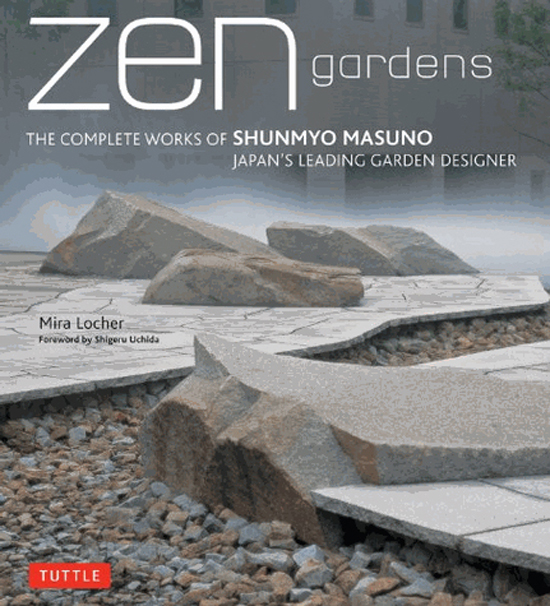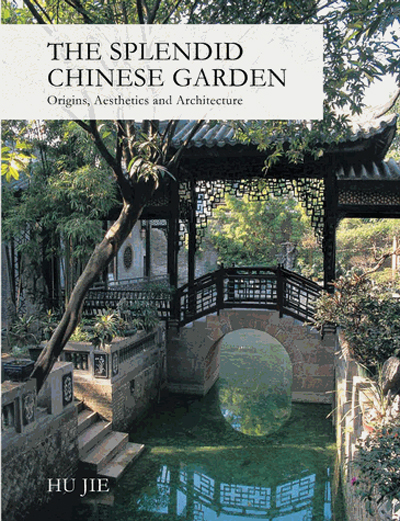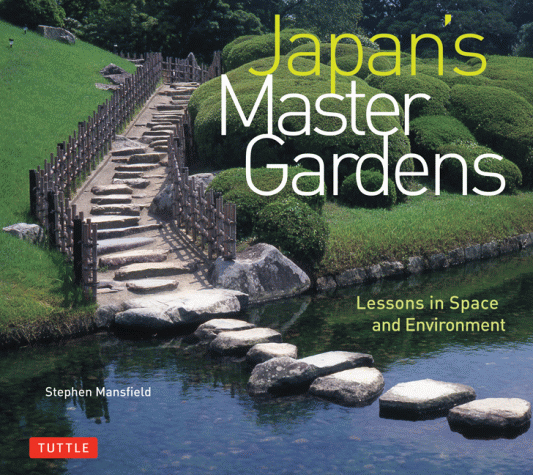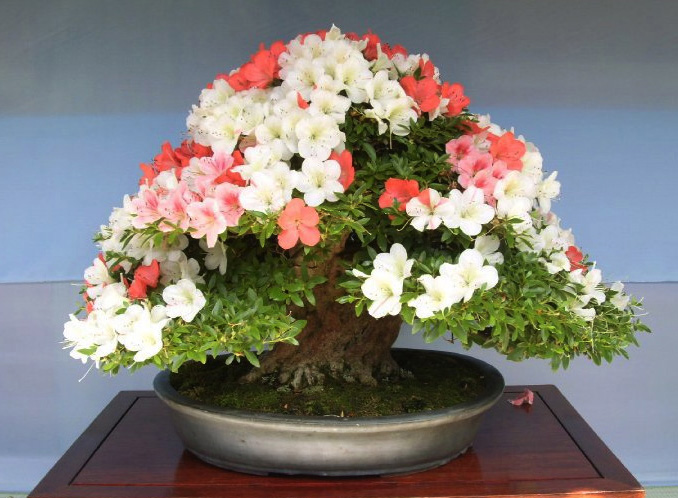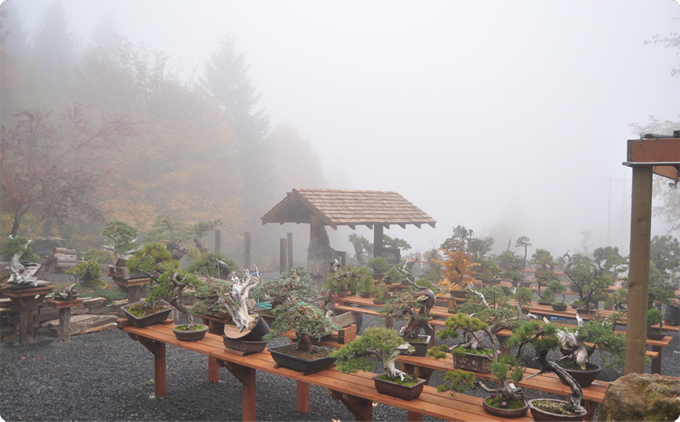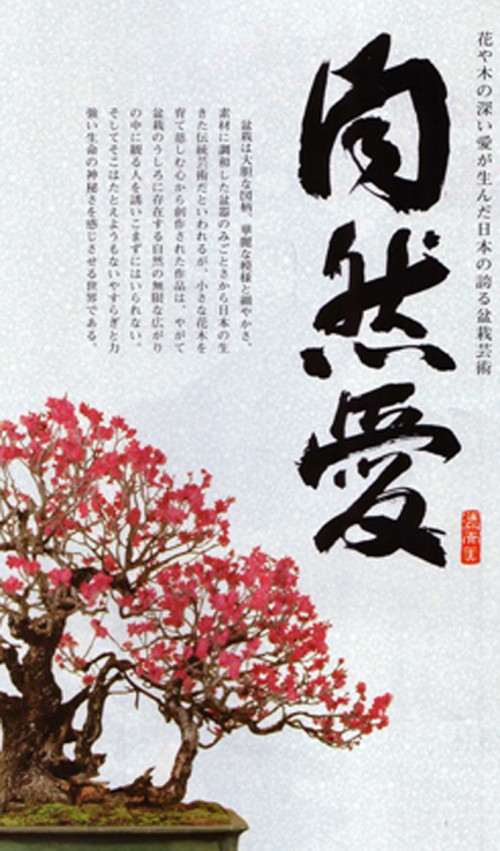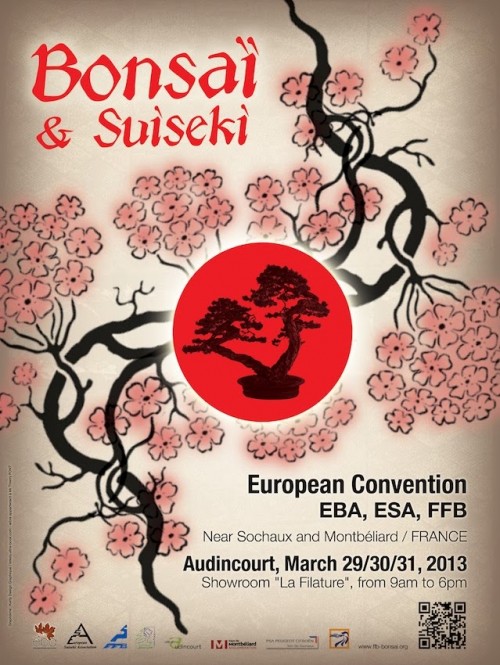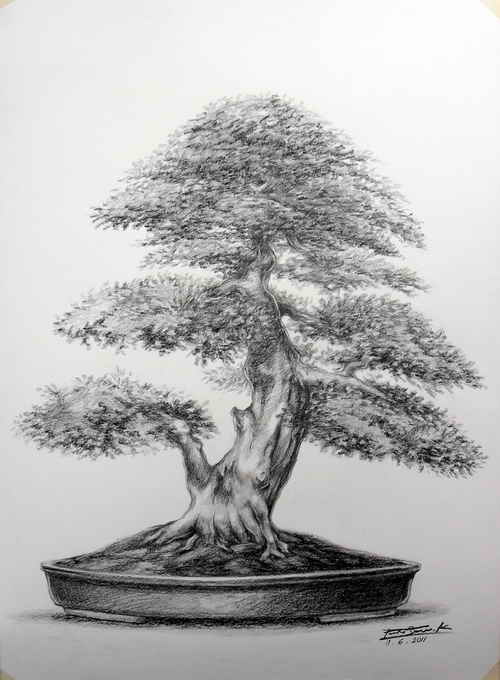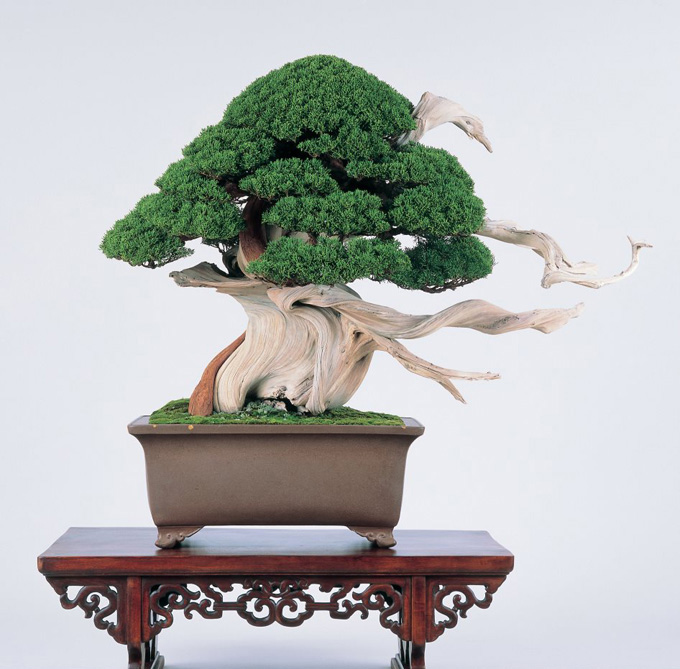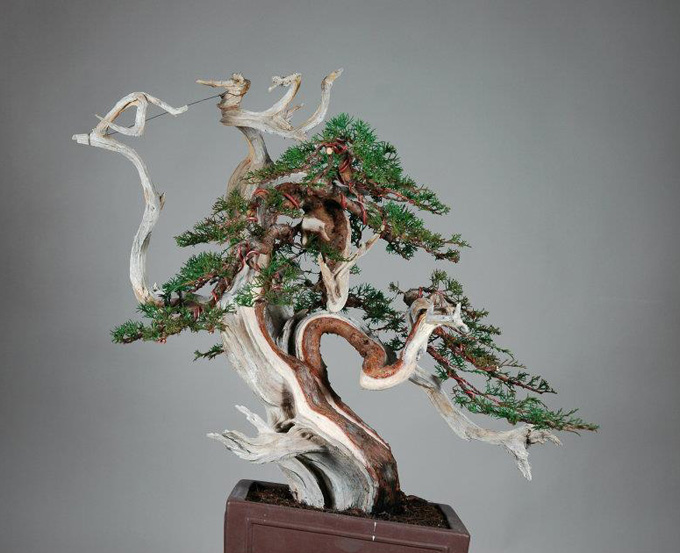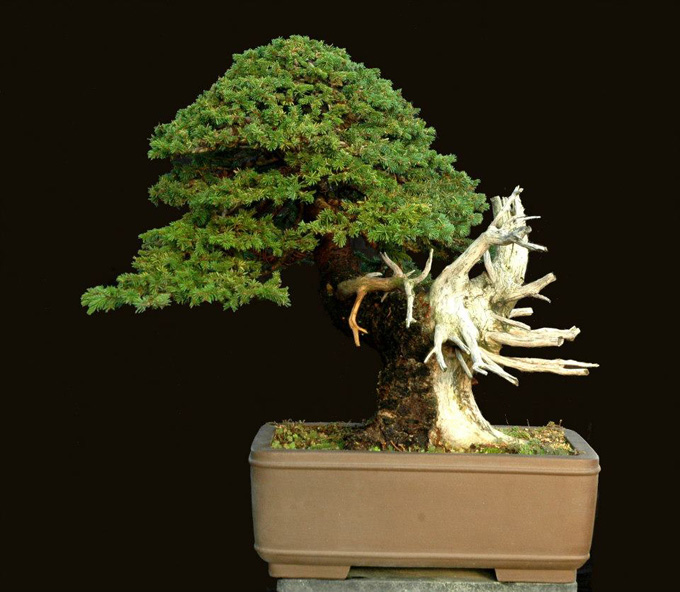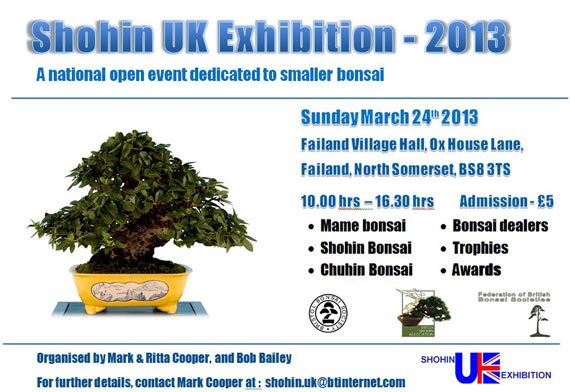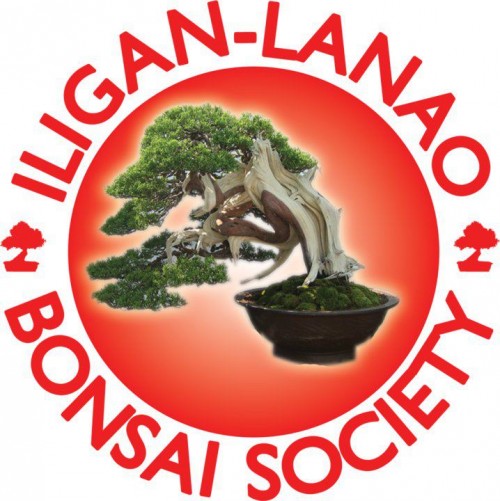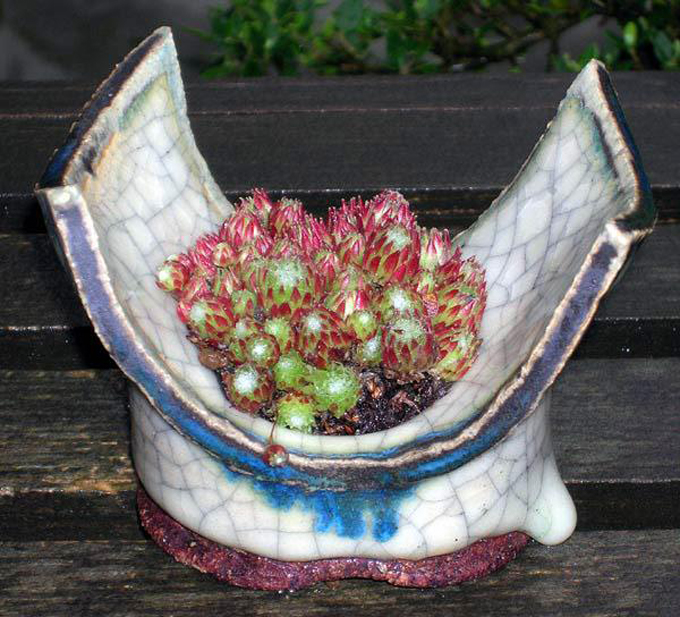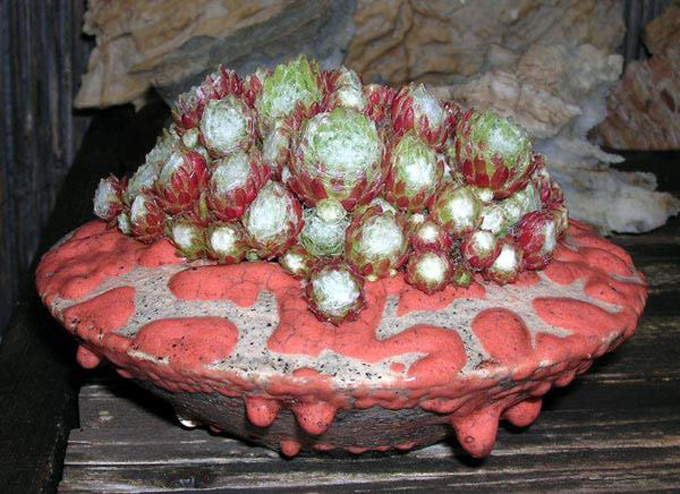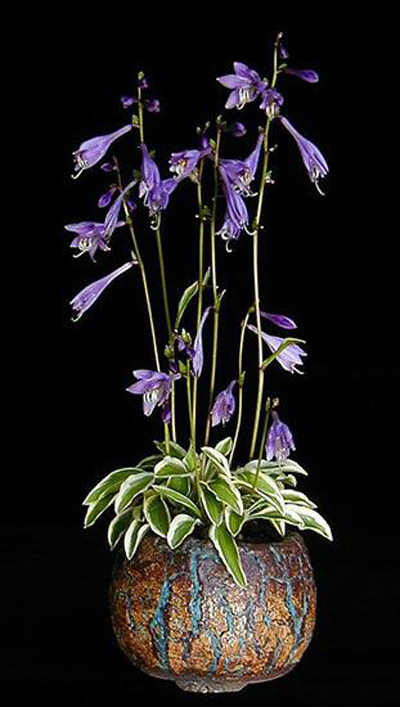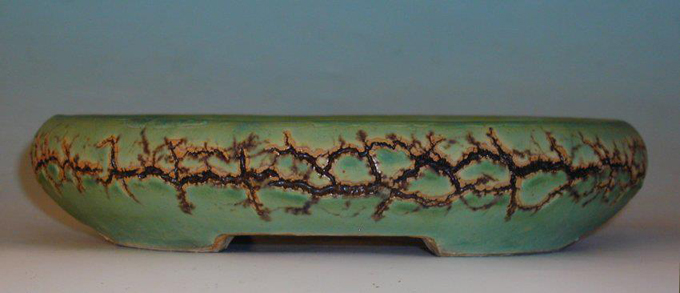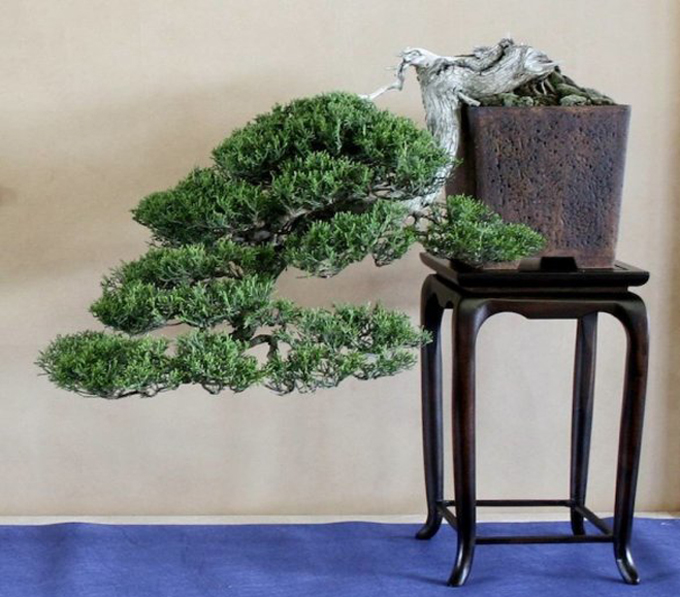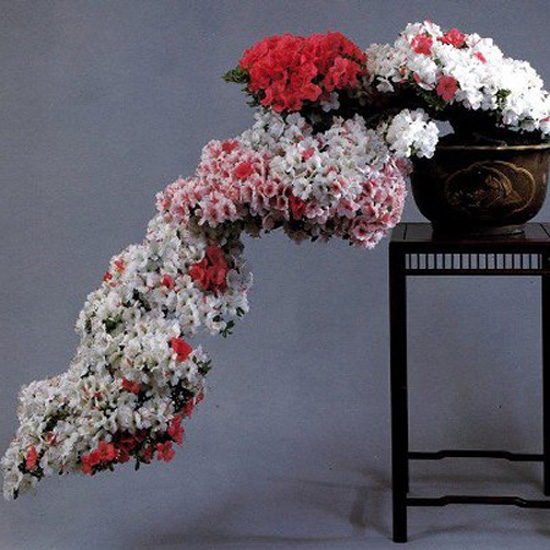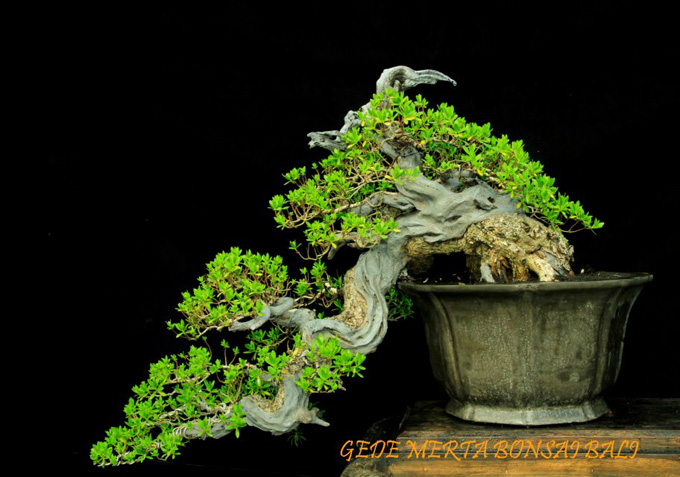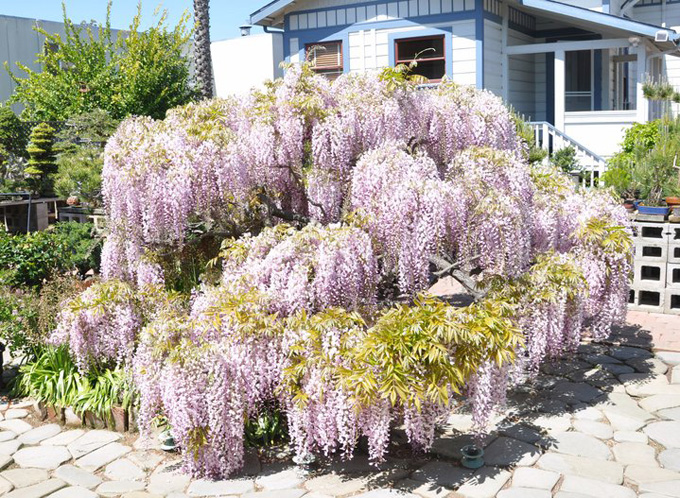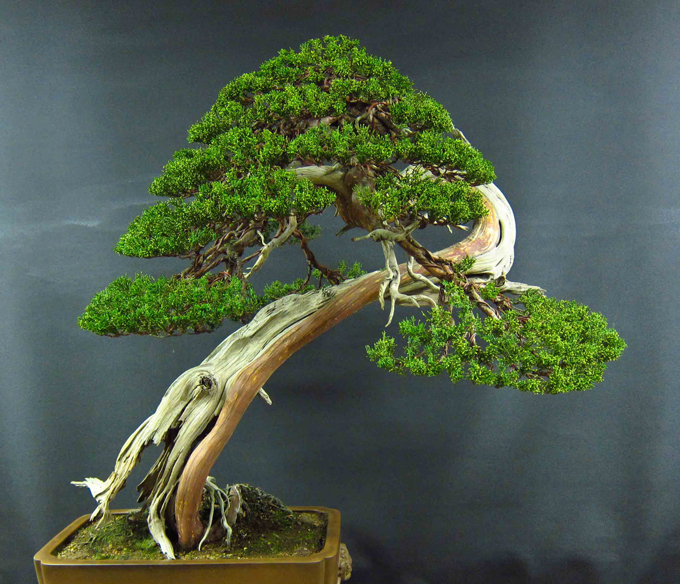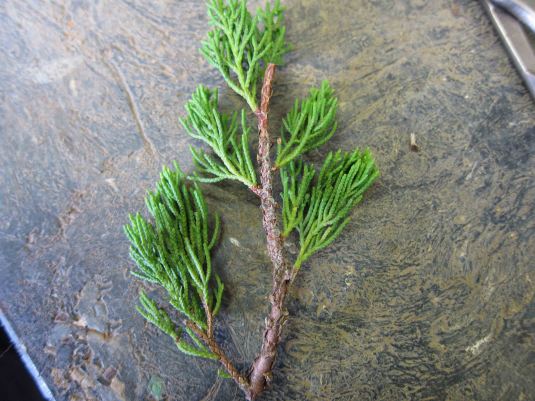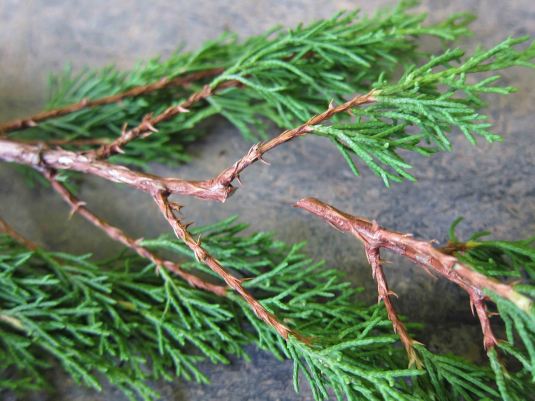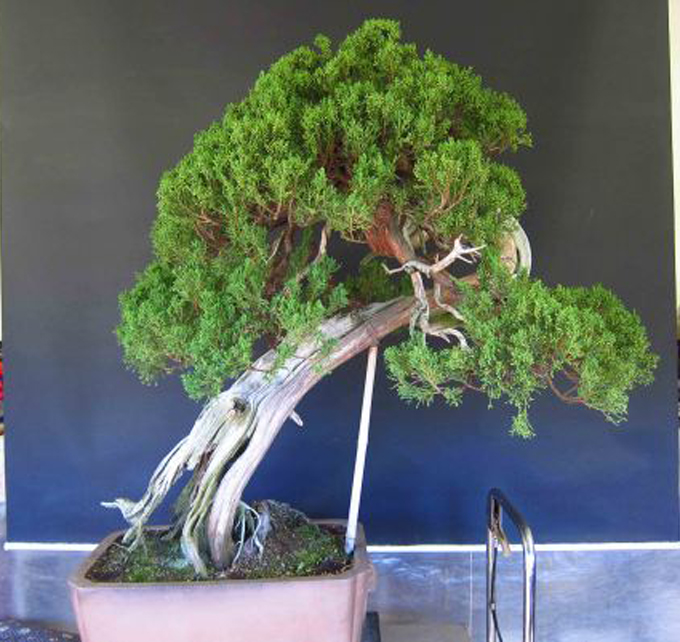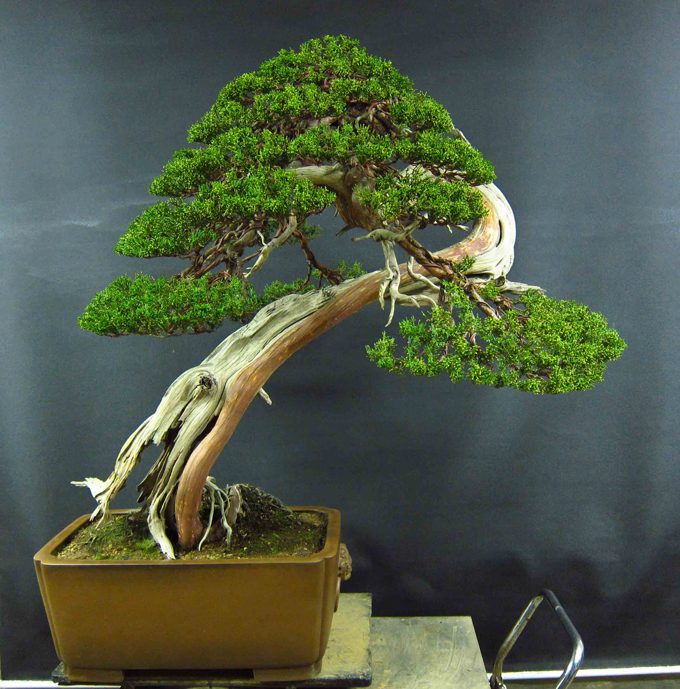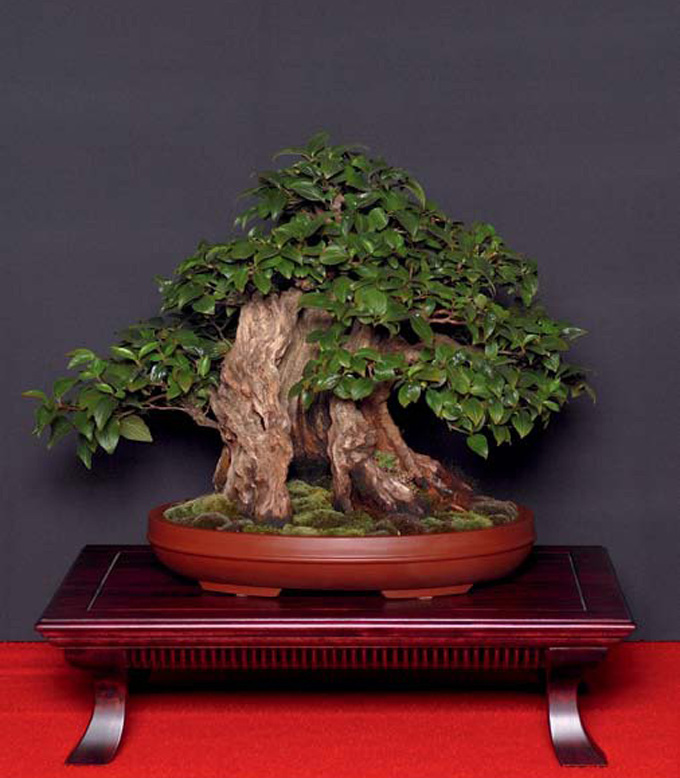 At a glance you might think this is just a stump with some foliage tacked on, but then as you look closer you notice the taper at the base and the way the texture of the wood creates movement and a feeling of age. Then there’s that little cave that enhances the story of time and place and natural forces that came together to help create this Dogwood by Franco Berti. From a post titled Reportage Vi Trofeo Bonsai e Suiseki Città di Poppi by Bonsai Romano.
At a glance you might think this is just a stump with some foliage tacked on, but then as you look closer you notice the taper at the base and the way the texture of the wood creates movement and a feeling of age. Then there’s that little cave that enhances the story of time and place and natural forces that came together to help create this Dogwood by Franco Berti. From a post titled Reportage Vi Trofeo Bonsai e Suiseki Città di Poppi by Bonsai Romano.
Searching for the unusual
I spend a lot of time looking for unusual bonsai. Bonsai that they might cause a shift in how we view the art of bonsai and even how we see and approach our own trees. If that’s asking too much, there’s always the hope that something happens, positive or negative (hopefully not neutral) and that some spark awakens something, if only for a moment.
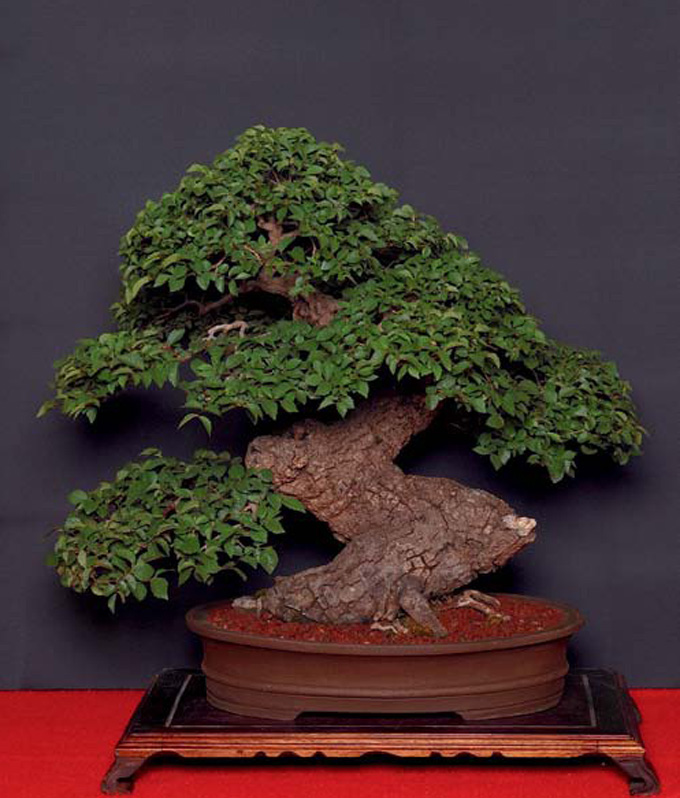 I don’t think you’ll see trees that grow like this in nature, with such symmetrical back and forth movement. This looks like the result of the old clip-and-grow technique. You don’t see as much clip-and-grow these days as you used to, wiring is faster and allows for more variation, but it’s still an excellent time-tested way to shape a trunk. This elm by Claudio Tampucci is, like the tree above, from a post by Bonsai Romano.
I don’t think you’ll see trees that grow like this in nature, with such symmetrical back and forth movement. This looks like the result of the old clip-and-grow technique. You don’t see as much clip-and-grow these days as you used to, wiring is faster and allows for more variation, but it’s still an excellent time-tested way to shape a trunk. This elm by Claudio Tampucci is, like the tree above, from a post by Bonsai Romano.
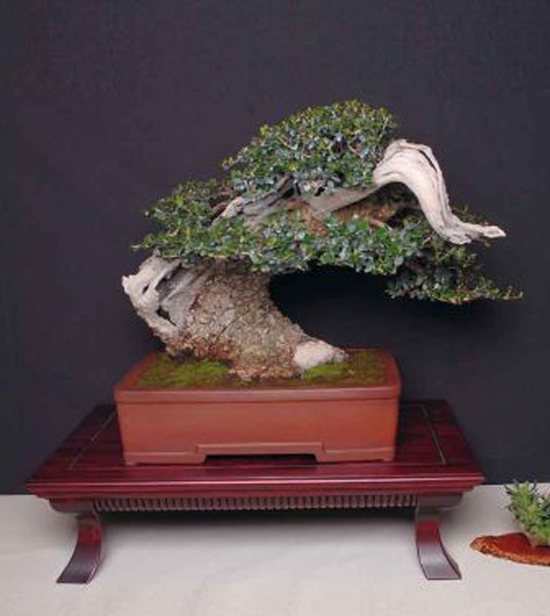 Too unusual? Though there’s plenty to like about this old olive, especially the powerful trunk with its aged bark and expressive deadwood that piggybacks up from the first curve to the crown, I wonder if the heavy piece of deadwood at the top right isn’t a little too distracting. Or, maybe it’s an important part of the tree’s story? The tree belongs to Franco Berti (just like the one at the top of the post). I found it on ubibonsai.it.
Too unusual? Though there’s plenty to like about this old olive, especially the powerful trunk with its aged bark and expressive deadwood that piggybacks up from the first curve to the crown, I wonder if the heavy piece of deadwood at the top right isn’t a little too distracting. Or, maybe it’s an important part of the tree’s story? The tree belongs to Franco Berti (just like the one at the top of the post). I found it on ubibonsai.it.

